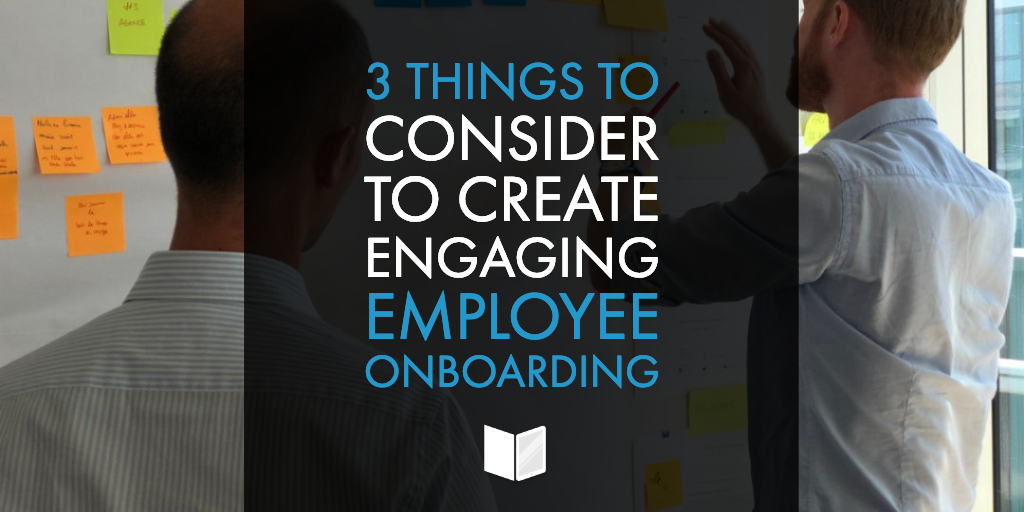Creating an engaging employee onboarding experience is often the first step to leaving your new hires with a positive lasting impression. And that first impression is incredibly important since 1 in 3 people leave their jobs within the first 12 months. Of course, creating an “engaging experience” is something that needs to be done in fairly broad strokes - after all, what one individual might find amazing, another might find quite middle of the road. There are, however, ways to ensure that the eLearning experience you’re creating has enough tick marks in the positive column to keep your learners happy.
Here are 3 tips for building an onboarding plan that engages:
1. User Experience (UX)
The first step isn’t necessarily to pull out all the bells and whistles, but rather to think about the overall user experience or UX. Will your employees be completing their eLearning at home or at their desks? On a laptop or on a mobile device? Is this something that’s expected to take them a couple of minutes or a few hours? Once you’ve considered those factors, you’ll be able to narrow down the best way to deliver the content to your learners, which brings us to our next topic.
2. Content Type
The main objective of your content is obviously going to be to get your message across in a clear, concise manner. If your learners are receiving information about a new product, they need to be able to gather and retain the necessary information in the most straightforward way possible. Conversely, if they’re providing feedback - perhaps in the form of yearly evaluations or more frequent eNPS surveys - the questions and possible responses need to be framed in a way that fully captures their intentions.
However, there are definitely ways to go about presenting content that are more engaging than others. Sure, a bullet-pointed list is straight to the point, but it’s also something that can go in one figurative ear and out the other since it requires nothing more than looking at a list and clicking “next” to move on. Presenting the information in the form of a story, using real-life examples, is an excellent way to help your learners absorb the information in an engaging way while requiring them to answer a short multiple choice quiz at the end will help ensure they’ve retained it.
3. Learning Styles
As we mentioned earlier, it’s unlikely that you’ll be able to please everyone all the time - different individuals have different learning styles, after all. And, of course, some material is best presented in a specific format, but that doesn’t mean you shouldn’t sit down and seriously consider your options as you’re drawing up your content plans.
In some instances, it may be possible to present the content in a variety of ways that suits multiple learning styles without it becoming redundant.
Here’s an example: You can show a short video to introduce the material and give an overview for those who learn best by listening. You can then give an example scenario in the form of a written story for those who learn best by reading. Lastly, round out the module with an activity or a bit of gamification that provides hands-on learning for those that need it.
Are you ready to learn more about creating engaging employee onboarding experiences? Contact us and let’s discuss how our team can help you today!






Leave a comment